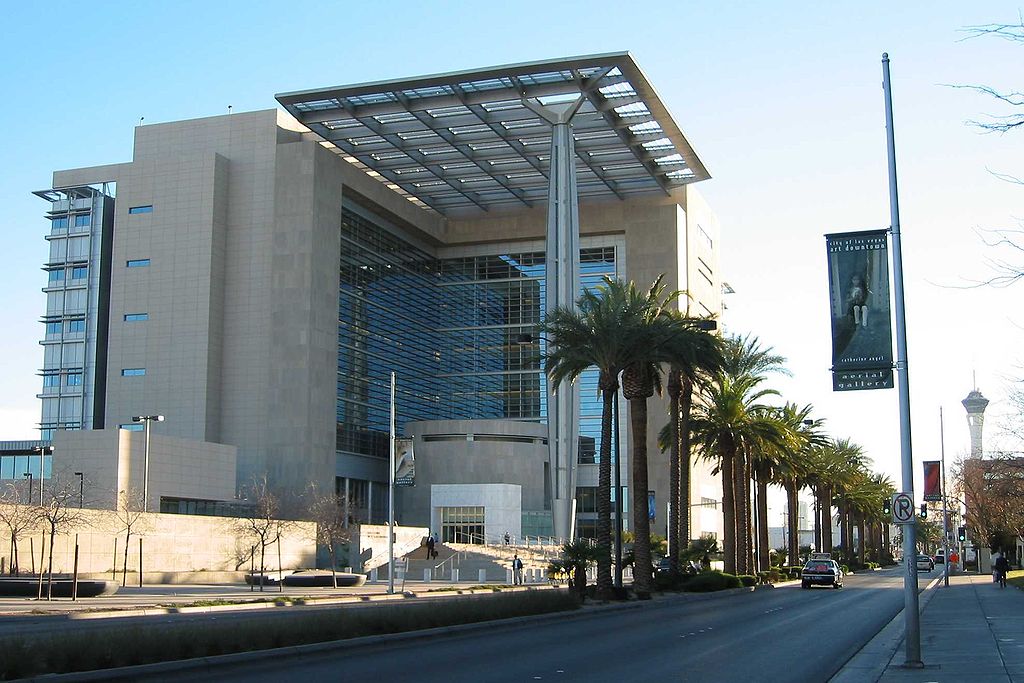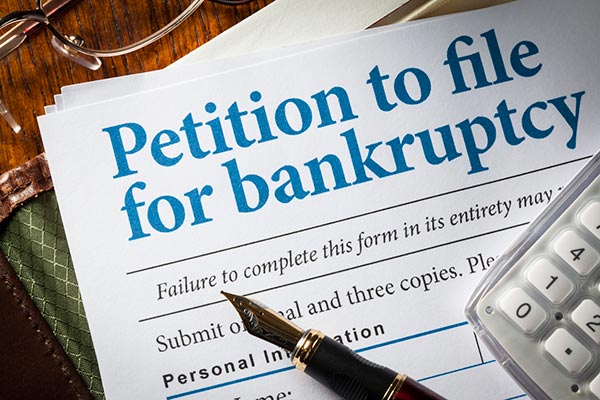Most people use an attorney to file for bankruptcy. However, if you’re determined to go it alone, you need to make sure that you get it right. Here’s how to file for bankruptcy without an attorney.
1. Determine What Chapter to File
To file for bankruptcy without an attorney, you must start by determining what chapter of bankruptcy to file. For an individual, you’re generally deciding between Chapter 7 bankruptcy and Chapter 13 bankruptcy. Your income must be below the median in your state, or you must use a means test to see if you qualify for Chapter 7.

There are significant differences in eligibility and benefits for each type of filing, so it’s essential to correctly determine your options and make the best choice. However, be honest with yourself about your situation as you’re working through the means test.
It’s also important at this stage to have a clear picture of what bankruptcy can do for you. Not all debts can be discharged in bankruptcy. Child support can never be discharged in bankruptcy. Only some kinds of tax debts can be erased. When you’re deciding whether to file and what chapter to file, you should understand the likely result of each type of filing, so there are no surprises down the road.
Once you understand what chapter you qualify to file, you can proceed to the next step.
2. Figure Out Where to File
The next step in filing for bankruptcy without an attorney is figuring out where to file. You’re likely going to file in the local court where you live, but it might be where you have your business or where you have the majority of your assets. Here’s the link for the United States Bankruptcy Court for the District of Nevada. Bankruptcy is a federal filing, so you don’t file anything in state court.
In Las Vegas, the Lloyd D. George Federal District Courthouse located downtown is the place to go – 333 S Las Vegas Blvd, Las Vegas, NV 89101

3. Prepare the Filing Documents
Once you know where you’re filing and what chapter to use, it’s time to prepare your documents. At first glance, the number of documents that you need to prepare may seem overwhelming. That’s because the court requires a complete financial picture, including assets and debts, in order to process your bankruptcy. You only need to complete the forms that are applicable to your situation. However, it would be best if you went into it knowing there will be a lot of forms.
Here are the forms that you may need for a Chapter 7 filing:
- B101 – Voluntary Petition for Individuals Filing Bankruptcy
- B101A – Statement About Eviction (if you’ve been evicted)
- B101B – Statement About Payment of Eviction (if you’ve been evicted)
- B103A – Application to Pay Filing in Installments (if paying in installments)
- B103B – Application to Waive Filing Fee (if applicable)
- B106 – Summary of Assets and Liabilities and Statistical Information
- B106A/B – Property Schedule
- B106C – Exempt Property
- B106D – Secured Creditors
- B106E/F – Unsecured Creditors
- B106G – Executory Contracts/Unexpired Leases
- B106H – Codebtors
- B106I – Income
- B106J – Expenses
- B106J-2 – Expenses for Separate Household (Debtor 2)
- B107 – Financial Affairs
- B108 – Statement of Intention
- B121 – Social Security Statement
- B122A-1 – Monthly Income
- B122A-1 Supplement – Exemption from Presumption of Abuse (if exempted from means test)
- B122A-2 – Means Test Calculation
Remember, you’re not going to need every single one of these documents. However, do not miss any required forms, or your case may be delayed or denied. There are also timelines for what documents are needed – some documents are required with the initial filing, some are due within 14 days of filing, and others must be filed before the meeting of creditors.
Also, if you’re filing as a corporation or LLC, you need a whole different set. In that case, you need the 200 series of forms.
4. Determine if There are Additional Forms Needed
There may be additional local forms that are needed in your area or for your specific circumstances. For example, you may need to submit Form 119 for a non-attorney preparer’s disclosure. Double-check that you have completed all the necessary paperwork before moving on to the next step.

5. Get Credit Counseling
Before you can file for bankruptcy, you need to get credit counseling. There are pre-filing counseling and pre-discharge education requirements, and you must complete both. The education has to be from an approved source. Debtor education can only happen after you file. Nevada offers multiple places and organizations that you can use to complete these programs.
6. Pay the Filing Fee
For the United States Bankruptcy Court in the District of Nevada, there is a filing fee of $338 for a Chapter 7 case. There are other fees for other filings. Payment may be made online for e-filing. However, they don’t take cash or personal checks, so you need to be prepared with a money order. Of course, if you’re requesting a waiver or periodic payments of the filing fee, be sure to include the necessary paperwork.
7. File the Case
Most of the documents need to go to the bankruptcy court with the case filing. However, some documents get mailed to the bankruptcy trustee afterward. Things like bank statements and tax returns go to the trustee instead of the court. When you file, the court should give you the name and information for the trustee of the case. They should also give you a date and time for the meeting of creditors.

8. Mail Documents to the Trustee
You’re not quite done yet. At this point, the trustee is going to ask for documents like pay stubs and bank statements. The trustee is an individual who oversees the case. They may take charge of selling assets and distributing funds to creditors.
Don’t panic about this step – remember, many things are exempt from seizure in bankruptcy. At this step, it’s critical to be responsive to any correspondence that you receive from the trustee. Failing to provide information when requested can ultimately prevent you from getting a discharge of your debts and that fresh start you need.
Filing For Bankruptcy Without an Attorney
The United States Bankruptcy Court for the District of Nevada has some warnings for people thinking about filing for bankruptcy alone. Court personnel can’t explain how to fill out a form. They can’t explain what the law means, tell you whether you’ve filed in the right place or give you any advice about how to accomplish your goals. Be sure to heed these warnings and take the necessary steps to proceed through your claim correctly.
Remember, bankruptcy fraud can carry serious penalties. Even innocent mistakes can derail your case. Finally, be sure to have clear expectations about what you want to achieve in your filing. Know what’s possible under the law to get the intended result you’re looking for when you file for bankruptcy.
If you’re considering filing for bankruptcy and are unsure where to start, it’s worth consulting with an experienced bankruptcy attorney. The team at Half Price Lawyers is ready to help with a no-obligation evaluation of your case. Call to speak with one of our Nevada bankruptcy lawyers today!





